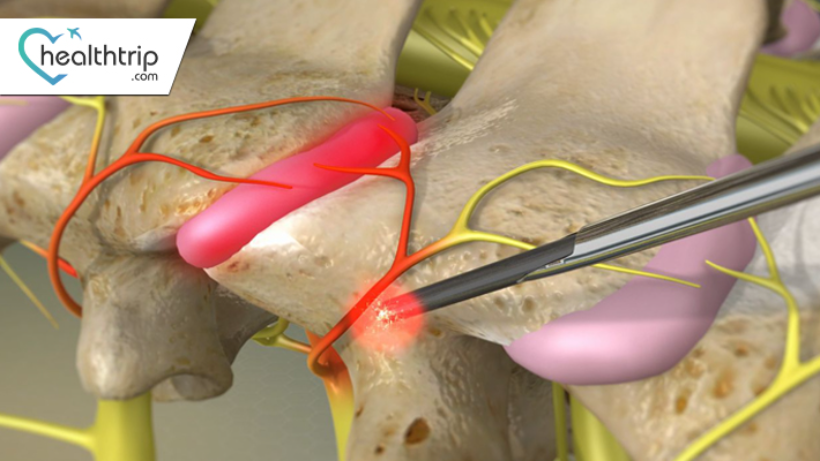
Neurolysis: A Surgical Symphony for Nerve Health
12 Oct, 2023
 Healthtrip Team
Healthtrip TeamIn the realm of medical innovation, neurolysis emerges as a beacon of healing for those navigating neurological challenges. Neurolysis, the liberation and restoration of nerves, is a therapeutic endeavor that goes beyond mere definition—it's a journey into pain management and neurological well-being. This term finds its place at the crossroads of medical and neurological realms, where precision and compassion converge to redefine the possibilities of nerve healing. Join us in unlocking the mysteries within the heart of neurolysis.
Transform Your Beauty, Boost Your Confidence
Find the right cosmetic procedure for your needs.

We specialize in a wide range of cosmetic procedures

Purpose and Goals of Neurolysis: A Gateway to Nerve Healing
Neurolysis isn't just a medical procedure; it's a pathway to relief and restoration. In this segment, we'll delve into the profound purposes and goals of neurolysis, exploring how it aims to alleviate neurological symptoms and target specific conditions.
A. Relief of Neurological Symptoms
1. Addressing pain, numbness, or tingling
Imagine living with persistent pain, that unrelenting sensation of numbness, or those pesky tingles that just won't go away. Neurolysis steps in as a hero, aiming to address these debilitating neurological symptoms head-on. We'll uncover the mechanisms behind how neurolysis takes the edge off the pain, giving individuals a chance to reclaim a life free from constant discomfort.
Most popular procedures in
Laparoscopic Cystect
Upto 80% off
90% Rated
Satisfactory
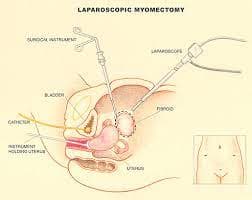
Laparoscopic Myomect
Upto 80% off
90% Rated
Satisfactory
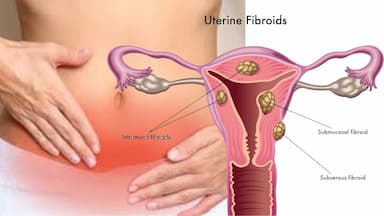
LAVH
Upto 80% off
90% Rated
Satisfactory
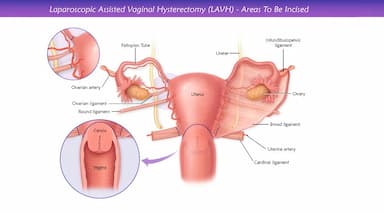
NOTE
Upto 80% off
90% Rated
Satisfactory
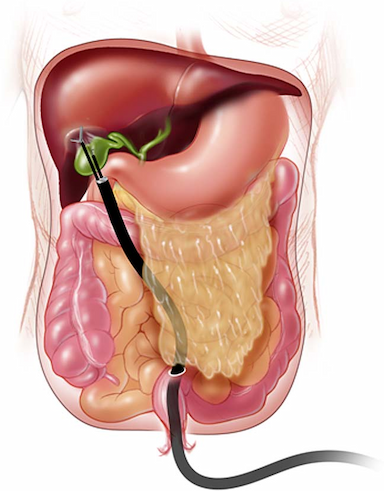
CABG
Upto 80% off
90% Rated
Satisfactory
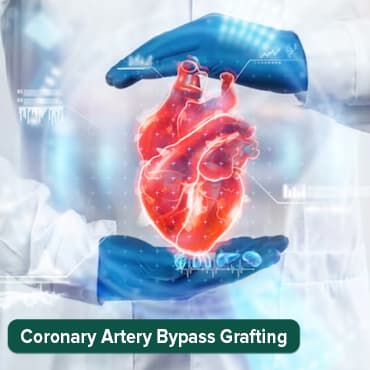
2. Improving overall nerve function
But it's not just about chasing away discomfort. Neurolysis has a broader mission – to enhance overall nerve function. We'll explore the intricate ways in which this procedure seeks to optimize the body's neural pathways, fostering improved communication between nerves and ultimately contributing to enhanced well-being.
B. Conditions Treated with Neurolysis
1. Neuropathic pain
Neuropathic pain, often characterized by a shooting, burning, or stabbing sensation, can be incredibly challenging to manage. Neurolysis emerges as a beacon of hope in the realm of pain management, specifically targeting neuropathic pain by addressing the root causes. We'll uncover how neurolysis becomes a game-changer for individuals grappling with this type of pain.
2. Compression neuropathies
Compression neuropathies, where nerves face pressure or entrapment, find a formidable opponent in neurolysis. We'll discuss how this procedure strategically alleviates the compression, allowing nerves to breathe and function without constraints. From carpal tunnel syndrome to other compression-related issues, neurolysis is a key player in restoring normalcy.
3. Other relevant neurological conditions
Neurolysis doesn't limit itself to specific challenges; it extends its reach to various neurological conditions. We'll explore its applications in contexts beyond pain management, uncovering how it contributes to the treatment and management of a diverse range of neurological issues.
Join us on this exploration into the transformative world of neurolysis as we unravel how this procedure becomes a catalyst for relief, healing, and the restoration of nerve function. Don't forget to hit that like button and share your thoughts in the comments below. Together, let's demystify the goals and impact of neurolysis!
Techniques and Methods: Unveiling the Science Behind Neurolysis
In this segment, we'll dive into the diverse arsenal of techniques and methods that make up neurolysis, each with its unique approach to healing. From chemical interventions to thermal techniques and surgical precision, let's explore the world of neurolysis methodologies.
A. Chemical Neurolysis
1. Introduction to chemical agents used
Chemical neurolysis operates on the principle of using specific agents to interrupt or block nerve signals. We'll introduce you to the chemical maestros employed in this process, exploring how these agents interact with the nervous system to achieve their therapeutic effects.
2. How chemical neurolysis works
Ever wondered how a tiny amount of chemical agent can make a significant impact on nerve function? We'll unravel the intricate workings of chemical neurolysis, detailing the mechanisms through which it disrupts or modifies nerve impulses to bring about relief and healing.
3. Examples of chemical agents (e.g., alcohol, phenol)
Meet the stars of chemical neurolysis – from alcohol to phenol and beyond. We'll delve into specific examples, understanding their unique properties and applications in various neurological conditions. Each chemical agent has its own role in the neurolytic symphony, and we're here to decode it for you.
B. Thermal Neurolysis
1. Thermal techniques
Thermal neurolysis takes a different route, employing heat to achieve its therapeutic goals. Join us as we explore the introduction of thermal techniques, understanding how controlled heat becomes a powerful tool in neurolytic procedures.
2. Methods such as radiofrequency ablation
Ever heard of radiofrequency ablation? This method, falling under thermal neurolysis, utilizes high-frequency electrical currents to produce heat and precisely target problematic nerves. We'll break down the process, discussing how radiofrequency ablation becomes a strategic player in neurolytic interventions.
3. Application in specific cases
Thermal neurolysis isn't a one-size-fits-all solution. We'll uncover its applications in specific cases, exploring how it addresses different neurological conditions. From chronic pain management to targeted interventions, thermal neurolysis has a versatile role in the neurologist's toolkit.
C. Surgical Neurolysis
1. Overview of surgical procedures
When chemical and thermal methods may not suffice, surgical neurolysis steps onto the stage. We'll provide an overview of the surgical procedures involved, from nerve decompression to more intricate interventions. Get ready for a journey into the precision of surgical neurolysis.
2. Indications for surgical intervention
When is surgical neurolysis deemed necessary? We'll discuss the indications that guide neurologists and surgeons toward recommending surgical intervention, ensuring that the decision aligns with the best interests of the patient.
3. Risks and benefits of surgical neurolysis
Surgical interventions come with their own set of considerations. We'll explore the risks and benefits associated with surgical neurolysis, helping you understand the careful balance between potential complications and the positive outcomes that can result from skilled surgical hands.
Post-Neurolysis Care and Follow-up: Nurturing the Road to Recovery
After undergoing neurolysis, a crucial phase begins—recovery and follow-up care. Let's explore the post-neurolysis landscape, ensuring a comprehensive understanding of what comes next.
A. Recovery Period
1. Immediate Post-Procedure Care
- Rest and Observation: In the immediate aftermath of neurolysis, patients may be advised to rest and be under observation. This period allows healthcare professionals to monitor for any immediate complications or adverse reactions.
- Pain Management: Addressing pain is a priority. Pain medications, both over-the-counter and prescription, may be prescribed to manage discomfort during the initial recovery phase.
2. Rehabilitation and Physical Therapy
- Tailored Rehabilitation Plans: Depending on the nature of the neurolysis and the targeted nerves, rehabilitation plans are designed to facilitate optimal recovery. This may involve physical therapy exercises, stretching, and other rehabilitative measures.
- Gradual Return to Activities: Patients are typically encouraged to gradually resume normal activities based on their specific recovery progress. Physical therapists play a vital role in guiding individuals through this process.
B. Monitoring for Complications
1. Regular Follow-up Appointments
- Scheduled Check-ins: Follow-up appointments are scheduled to monitor the patient's progress and detect any potential complications early on. The frequency of these appointments may vary based on the type of neurolysis and the individual's response to treatment.
- Imaging Studies: In some cases, follow-up imaging studies such as MRI or CT scans may be conducted to assess the healing process and the overall impact of the neurolysis.
2. Evaluation of Symptom Improvement
- Objective Assessment: Beyond imaging, healthcare providers conduct a thorough evaluation of symptom improvement. This includes assessing changes in pain levels, improvements in nerve function, and any other relevant clinical indicators.
- Patient Feedback: Patient input is invaluable in this phase. Open communication about the patient's experience, any residual symptoms, or concerns contributes to a collaborative approach to ongoing care
.
Recent Advances and Research
Emerging Techniques
1. New Chemical Agents
- Research Frontiers: Ongoing research explores novel chemical agents with the potential for enhanced precision and reduced side effects. These agents may offer new avenues for addressing specific nerve-related conditions.
- Targeted Applications: Advances in chemical neurolysis may lead to more targeted applications, tailoring interventions to the unique characteristics of individual patients.
2. Innovations in Surgical Procedures
- Minimally Invasive Techniques: Innovations in surgical neurolysis focus on minimizing invasiveness, reducing recovery times, and optimizing outcomes. This includes the exploration of minimally invasive surgical procedures.
- Robotics and Technology Integration: The integration of robotics and advanced technologies may revolutionize surgical neurolysis, allowing for greater precision and control during procedures.
How can we help with the treatment?
If you're on the lookout for treatment in India, Thailand, Singapore, Malaysia, UAE, and Turkey, let Healthtrip be your compass. We will serve as your guide throughout your medical treatment. We'll be by your side, in person, even before your medical journey commences. The following will be provided to you:
- Connect with renowned doctors from a network spanning 35+ countries and access the world's largest health travel platform.
- Collaboration with 335+ top hospitals , including Fortis and Medanta.
- Comprehensive treatments from Neuro to Cardiac to Transplants, Aesthetics, and Wellness.
- Post-treatment care and assistance.
- Teleconsultations at $1/minute with leading surgeons.
- Trusted by 44,000+ patients for appointments, travel, visa, and forex assistance.
- Access top treatments and packages, such as Angiograms and many more.
- Gain insights from genuine patient experiences and testimonials.
- Stay updated with our medical blog.
- 24/7 unwavering support, from hospital formalities to travel arrangements or emergencies.
- Pre-scheduled specialist appointments.
- Prompt emergency assistance, ensuring safety.
Our success stories
Risks and Complications: Navigating the Landscape of Neurolysis
When considering neurolysis, it's essential to be aware of the potential risks and complications that may arise. Let's explore these in bullet points for a quick and clear understanding.
A. General Risks
- Infection
- Neurolysis procedures, like any invasive medical intervention, carry a risk of infection. Despite stringent protocols, the introduction of external elements into the body poses a potential threat. Vigilance and preventive measures are key in mitigating this risk.
- Bleeding
- Surgical and certain neurolytic procedures involve penetration or manipulation of tissues, which can lead to bleeding. While efforts are made to minimize blood loss, it remains a general risk associated with these interventions. Management strategies are in place to address bleeding should it occur.
B. Specific Risks
- Neurological Deficits
- Perhaps one of the most significant concerns, neurolysis, especially surgical variants, may pose a risk of causing neurological deficits. This could manifest as changes in sensation, motor function, or other neurological impairments. The precise nature of deficits depends on the nerves involved and the specific procedure performed.
- Nerve Damage
- While the goal of neurolysis is to alleviate nerve-related issues, there's a paradoxical risk of unintentional nerve damage during the procedure. This could result from various factors, such as surgical trauma or unintended consequences of chemical or thermal interventions.
- Adverse Reactions to Chemical Agents
- In chemical neurolysis, where specific agents are used to disrupt nerve function, there's a potential for adverse reactions. These reactions might include localized tissue damage, allergic responses, or unintended effects on nearby structures. Thorough patient assessment and careful selection of chemical agents are essential in minimizing these risks
.
In revisiting neurolysis, we've traversed a transformative journey from definition to application. Neurolysis, a beacon for chronic pain and neurological challenges, is not just a procedure but a promise for healing. Looking ahead, emerging chemical agents and surgical innovations foretell a future where precision and minimally invasive care redefine nerve treatment. Neurolysis, far from a stagnant chapter, is an evolving narrative, charting a course towards a brighter and more personalized tomorrow for nerve health.
Wellness Treatment
Give yourself the time to relax
Lowest Prices Guaranteed!

Lowest Prices Guaranteed!



